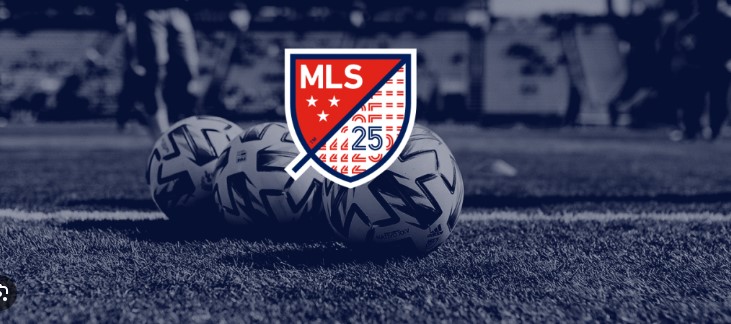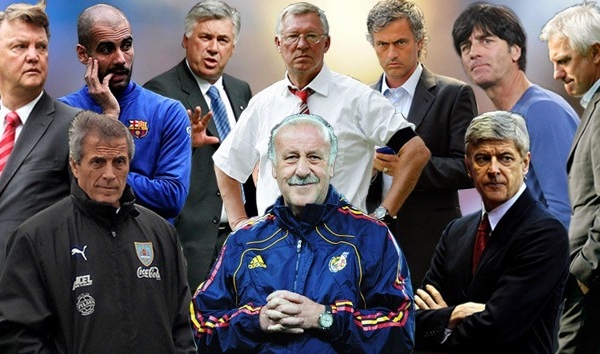
Discover how Major League Soccer (MLS) is transforming the football landscape in the U.S. and Canada. Growth, stars, rivalries, and what’s next.
A Quiet Revolution in American Sports
Not too long ago, soccer in the United States was seen as the “other” sport. American football, baseball, and basketball ruled TV ratings and stadiums. But something extraordinary has been happening over the last decade. Major League Soccer (MLS) is no longer the underdog—it’s becoming a mainstream powerhouse.
In 2025, MLS has more teams, fans, international stars, and global recognition than ever before. From Lionel Messi’s move to Inter Miami to new billion-dollar stadiums, the league is experiencing explosive growth.
So, what exactly is fueling this rise? Let’s break it down—team by team, goal by goal.
A Brief History: From Humble Beginnings to Global Eyes
MLS was founded in 1993 as part of the United States’ bid to host the 1994 FIFA World Cup. The league kicked off in 1996 with 10 teams and plenty of skepticism. Few believed soccer could catch on in a nation dominated by the NFL, NBA, and MLB.
Fast forward to today:
29 teams (with San Diego set to join as the 30th)
Broadcast deals with Apple TV, Fox, TSN, and international platforms
Global stars like Messi, Insigne, and Chiellini
Clubs valued in the hundreds of millions of dollars
It’s no longer a question of if MLS will succeed—it’s a matter of how far it can go.

MLS in 2025: Key Trends Shaping the League
- ⭐ Global Stars Are Choosing MLS
In the past, MLS was labeled a “retirement league.” But today, it’s attracting players still in their prime.
Lionel Messi at Inter Miami broke ticket records, increased club valuation, and brought global attention.
Lorenzo Insigne (ex-Napoli) and Xherdan Shaqiri (ex-Liverpool) joined Toronto FC and Chicago Fire respectively.
Young South American talents are using MLS as a stepping stone to Europe.
Why this matters: MLS is now seen as both a destination and a launchpad.
- 🏟️ Stadiums and Infrastructure Boom
Newer clubs like Austin FC, Nashville SC, and LAFC have built state-of-the-art stadiums. These aren’t just venues—they’re entertainment hubs.
Geodis Park (Nashville): Largest soccer-specific stadium in the U.S.
BMO Stadium (LAFC): A sleek, modern facility that rivals Europe’s best.
Miami Freedom Park (under development): A Messi-inspired mega project.
Fans are flocking in, creating an atmosphere previously unseen in American soccer.
- 📱 Apple TV’s Bold Streaming Deal
MLS signed a 10-year, $2.5 billion deal with Apple in 2023, making every match accessible globally.
This all-in-one subscription model:
Eliminates regional blackouts
Provides multi-language broadcasts
Offers exclusive behind-the-scenes content
It’s a tech-forward move that fits the younger, digital-savvy fan base MLS is cultivating.
- 🇲🇽🇺🇸 MLS and Liga MX Rivalry Heating Up
The Leagues Cup is now an official tournament featuring all MLS and Liga MX clubs.
2023 saw Inter Miami win their first trophy with Messi leading the charge.
Mexican teams bring intense rivalries and massive fanbases.
This North American showdown is quickly becoming a summer staple.
This competition strengthens the region ahead of the 2026 FIFA World Cup (co-hosted by the U.S., Mexico, and Canada).
Most Exciting MLS Teams Right Now
🖤 LAFC
Star Power: Carlos Vela, Denis Bouanga
Known for: Electric home atmosphere, strong Mexican-American fan base
2022 MLS Cup Champions
💗 Inter Miami
Star Power: Lionel Messi, Sergio Busquets, Jordi Alba
Known for: Celebrity ownership (David Beckham), huge fan engagement
Dark horse turned superstar team
💚 Austin FC
Star Power: Sebastián Driussi
Known for: “Verde” culture, loudest fans in MLS
New club making a big impact
❤️ St. Louis City SC
2023 debutants
Broke records with 5 straight wins to start their inaugural season
Midwest fans finally have their team

How MLS is Winning Over Fans
- Community-Driven Culture: Clubs are deeply rooted in their cities—whether it’s Portland Timbers’ chainsaw goal celebrations or Atlanta United’s 70,000-strong fan base.
- Affordable Entertainment: Compared to NBA or NFL, MLS tickets remain family-friendly.
- Inclusive Branding: The league actively supports LGBTQ+ rights, social justice, and diversity.
It’s not just about the game. It’s about belonging.
Future of MLS: What’s Next?
Expansion to 30+ teams
San Diego is joining in 2025. Rumors of Las Vegas, Sacramento, and even Phoenix are heating up.
Youth Development and Academies
Clubs like FC Dallas and Philadelphia Union are producing homegrown talents who go on to Europe and the USMNT.
Global Recognition
MLS clubs are now scouting globally, competing in CONCACAF Champions Cup, and collaborating with European giants.
Common Questions About MLS (FAQ)
Q: When is the MLS season played?
A: The season usually runs from late February to early December, including playoffs and MLS Cup Final.
Q: How many teams are there in MLS?
A: As of 2025, there are 29 teams. San Diego will become the 30th.
Q: Can MLS teams play in the Champions League?
A: Yes, top-performing MLS clubs qualify for the CONCACAF Champions Cup, a gateway to the FIFA Club World Cup.
Q: Is Major League Soccer growing in popularity?
A: Absolutely. Attendance, viewership, and merchandise sales have all seen double-digit growth in recent years.
Q: Where can I watch MLS games?
A: All matches are available globally through the Apple TV MLS Season Pass.
Final Thoughts: Why MLS Deserves Your Attention
If you haven’t been paying attention to Major League Soccer, now’s the time to start.
It’s no longer a league trying to catch up—it’s redefining how football fits into the American sports fabric. With superstars, passionate fans, bold media deals, and a clear vision, MLS isn’t just growing—it’s thriving. Read More>>>>>
So next time someone asks if the U.S. is a “soccer country,” just say:
“Have you seen what’s happening in MLS?”
Like this story? Bookmark our blog and stay tuned for more updates on Major League Soccer and the road to the 2026 World Cup!



